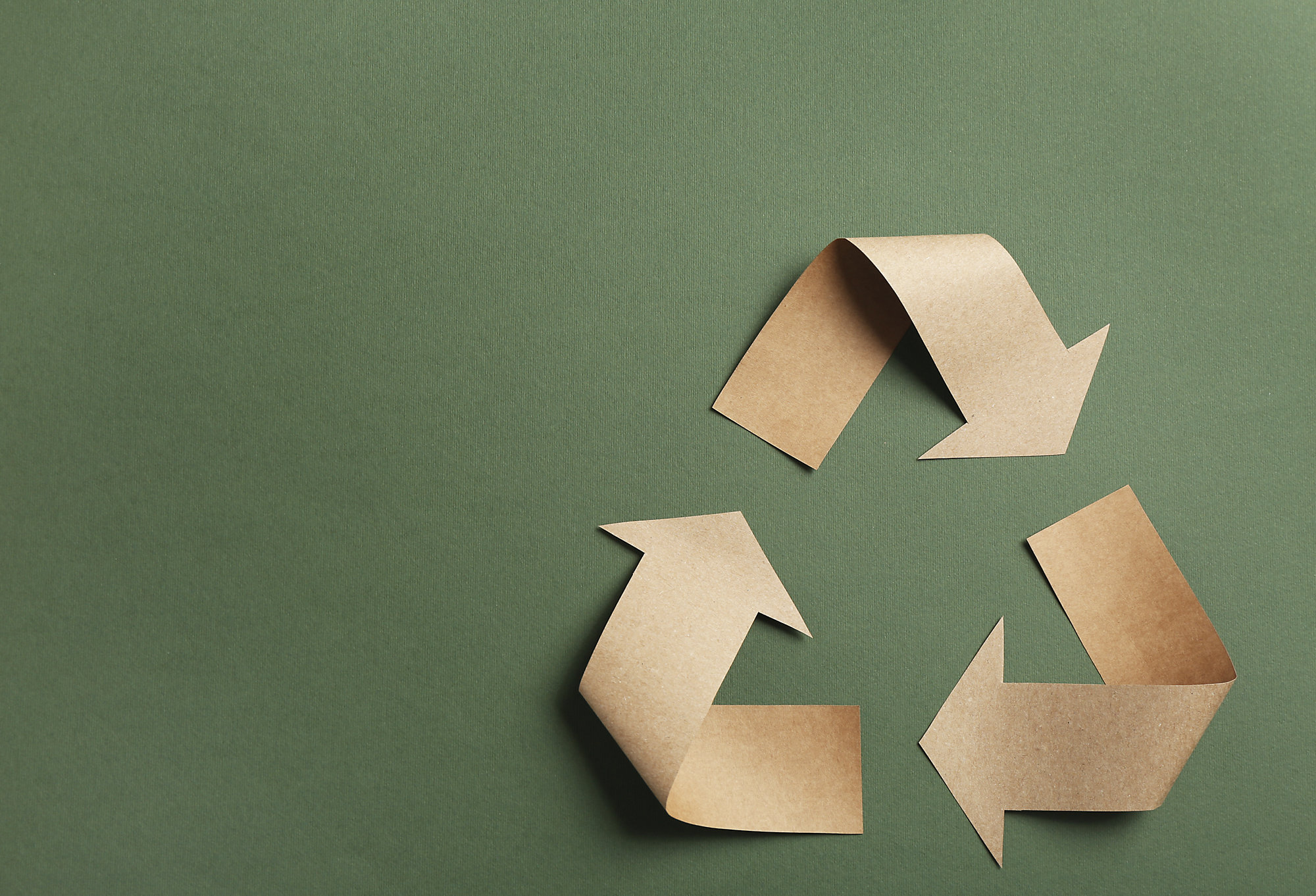
How to implement waste disposal procedures at your company
The plastic toy with batteries that have run empty, the computer mouse that stopped working, or the old wooden shelves that were left behind the last time you moved premises. At home, this type of waste occasionally ends up in the bin for household waste, despite actually having to be disposed of separately – and in most cases, this goes unnoticed.
At companies, however, the authorities take a much closer look when it comes to correct waste disposal. Waste disposal must be organised in compliance with specific regulations and must also be documented in a way that allows it to be verified. This article helps you to understand why a waste management system makes a decisive difference. You will also find helpful tips on how to implement the waste hierarchy in practice at your company.
Why are there laws governing what to do with waste?
What happens to our waste after we have disposed of it is becoming an increasingly explosive issue. Correct disposal extends far beyond avoiding plastic and packaging.
Many types of waste, such as batteries or energy-saving light bulbs, contain harmful substances that under no circumstances may be released into the environment. Other product components, such as certain metals in electrical appliances, can also be reused. This means that correct recycling of appliances leads to fewer new resources needing to be used.
The fundamental framework for dealing with waste is established at Government level. This approach ensures that all member states pursue a common policy on waste – meaning that they all work towards a shared goal when it comes to waste. The most important of these directives is arguably the Waste Framework Directive (WFD).
Please note: material that you wish to reuse should be collected in suitable collection containers, before being checked and cleaned if necessary.
5 steps to correct waste management in the business
- Reducing the volume of waste
The best option for your business and the environment: where no waste is produced, there is no waste to dispose of. - Reducing the use of harmful substances
In some cases, it is not possible to avoid waste altogether. However, you do have the option of switching to products that produce waste with less harmful effects. More and more alternatives are being developed for plastic packaging, for example, that is made from residual materials such as maize straw, sawdust or even food waste. - Sharing experiences
Employees who work with products and packaging on an everyday basis often have very good ideas on how to avoid producing waste. - Communicating the goal
It is important that ensure that all employees have been informed about the waste reduction goals. It’s even better if you can set a specific benchmark that you would all like to achieve by a certain date. This boosts motivation.
- Repair: electrical appliances in particular can often be repaired, instead of disposing of them and buying new ones.
- Reuse: when possible, save and reuse packaging or other materials.
This step focuses on extending the service life of equipment and products, and thereby reducing the volume of waste at the company. Many other product components can also be used more than once for the same purpose.
If none of the above strategies are suitable for use, the waste must be disposed of at the designated waste disposal site. In this regard, please observe the special regulations for the transport and disposal of hazardous waste and special waste.
The protection of the environment and resources is particularly important to everyone at kaiserkraft. We would be happy to provide you with support with the implementation of waste management measures at your company. Take a look at our extensive range of products for waste management.
This step allows materials to be burned and to be used to generate electricity or heat. Please note that only those raw materials are suitable for energy recovery which release no harmful substances when incinerated. This type of waste is usually also collected at the company, before being handed over to the local recycling centre.
If none of the above strategies are suitable for use, the waste must be disposed of at the designated waste disposal site. In this regard, please observe the special regulations for the transport and disposal of hazardous waste and special waste.
The protection of the environment and resources is particularly important to everyone at kaiserkraft. We would be happy to provide you with support with the implementation of waste management measures at your company. Take a look at our extensive range of products for waste management.
Contact us
We are available to answer any other questions, free of charge


